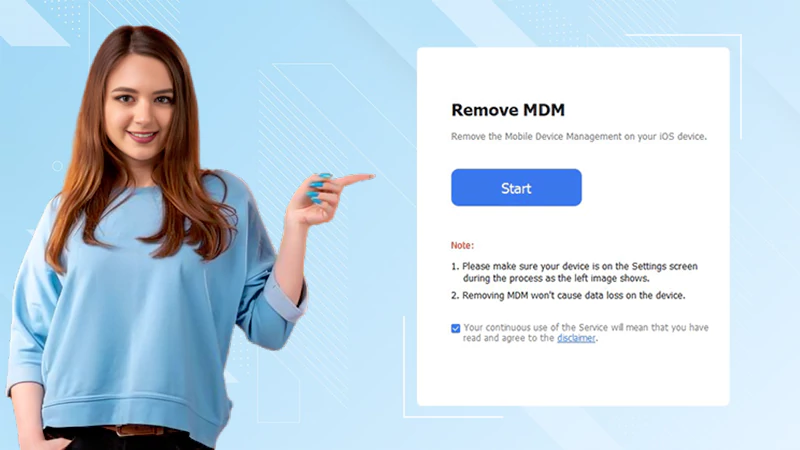Maximizing Your B2B eCommerce ROI: Tips and Best Practices For Success
It’s important for businesses to maximize the “return on investment” (ROI) for a B2B e-commerce platform if they are looking forward to competing in today’s digital world. It could be difficult to know exactly how to get the highest ROI from an e-commerce platform across numerous options. This article is stuffed with tips, and best practices via businesses can employ to maximize their B2B e-commerce ROI.
What is B2B eCommerce?
B2B eCommerce (Business-to-Business eCommerce) refers to the online buying and selling of goods and services between businesses. Long story short, B2B eCommerce involves transactions between two or more businesses through digital channels, such as websites, mobile apps, and online marketplaces.
The transactions are made between manufacturers, wholesalers, distributors, and retailers. Which includes the sale of raw materials, components, finished goods, or services that can be used in the production or delivery of other products or services. Let’s learn with the help of an example, a manufacturer may purchase raw materials from a supplier to use in the production of their own products, or a retailer might purchase products from a distributor to sell on online platforms and marketplaces.
Several forms of electronic commerce are
- Direct online sales: In this model, businesses can purchase products or services directly from a supplier’s website or online store. This can be done by placing an order with a sales representative.
- Online marketplaces: Online marketplaces connect multiple sellers & buyers so that they can serve on an effective online platform. They enable the customer to buy and sell products and services from e-commerce portals like Amazon Business or Alibaba, & niches, such as Thomasnet or GlobalSpec.
- Group buying: Group buying involves multiple businesses pooling their purchasing skills to negotiate better prices and terms from suppliers through online platforms such as Groupon or LivingSocial.
- Subscription-based models: In this model, businesses pay a recurring fee to access products or services on an ongoing basis. For example, software-as-a-service (SaaS) platforms such as “Salesforce” or “Dropbox”.
Conclusively, it offers several benefits for businesses, including increased efficiency, cost savings, and improved customer experiences. Businesses can streamline their operations, reduce transaction costs, and reach a larger customer base by conducting online transactions. Additionally, businesses can obtain self-service options, real-time inventory information, and personalized pricing and promotions, improving the overall customer experience.
How to Maximize Your ROI
Focus on User Experience
The foremost tip is to focus on user experience. Many businesses need to recognize the importance of providing customers with a positive experience when they use their website or app. The user interface should be intuitive and easy to understand, with minimal steps or clicks needed to complete a purchase. Additionally, ensure the platform is optimized for mobile devices and the checkout process is secured.
Provide Valuable Content
Another tip to maximize ROI is to provide customers with valuable content, including blog posts, videos, and other educational resources about the offered product or service. Because the content will help customers better understand what they are buying and give them more confidence while purchasing. Which also allows firms to showcase their knowledge and expertise in their industry.
Implement Automated Processes
Finally, businesses should consider implementing automated e-commerce platform processes, including product listings, payment processing, and customer service tasks. It saves time and resources that would otherwise be spent manually managing these activities. Also, automation can provide a more efficient experience for customers by reducing wait times and streamlining the checkout process.
Optimize Your Platform
It is possible to optimize the eCommerce platform to increase ROI. Here are some ways:
- Optimize your website for search engines: By using relevant keywords and creating high-quality content, you can improve your website’s search engine ranking which ultimately drives more traffic to your site and increases sales.
- Use data analytics to track user behavior: By analyzing data such as page views, clicks, and bounce rates on user behavior, you can gain insights into what is working and what is not on your website. Which allows you to make changes by improving the user experience and increasing conversions.
- Implement personalization: Personalizing the shopping experience for customers can increase their engagement and promote repeat purchases. To do so, businesses can use data from past purchases and preferences to recommend relevant products, or by using targeted marketing campaigns.
- Simplify the checkout process: A complicated checkout process can discourage customers. You can increase the number of transactions by simplifying the checkout process, for example, by offering guest checkout, pre-filling forms, and providing multiple payment options.
- Offer online customer support: Serving excellent customer support, including offering live chat or a phone support line, Customer support builds trust with customers and increases their satisfaction. Hence, resulted in increased loyalty and repeat business.
- Use social media to promote your products: Social media platforms such as Facebook, Instagram, and Twitter can be powerful tools for the promotion of products that might drive traffic to the website. You can draft engaging content and run targeted ads, that increase awareness of your brand and attract customers.
- Optimize for mobile: Nowadays, people shops on their mobile devices, keeping this in mind, it is important to optimize the website for mobile devices. This means ensuring the website is responsive, loads quickly, and is easy to navigate on smaller screens.
By implementing these optimization strategies, businesses can increase the effectiveness of their eCommerce platform and drive more sales, and increase ROI.
What is c2c e-commerce?
If you are new to B2B, you will need to know what is C2C e-commerce. C2C e-commerce stands for “consumer-to-consumer e-commerce” which is a convenient and user-friendly online business model. This model enables individuals to sell products and services directly to other consumers. C2c e-commerce is popular due to its low overhead costs and ease of use. It permits customers to purchase items from the comfort of their homes.
Individual sellers can create an online store using a platform like eBay or Amazon Marketplace. Then they can list their products, set prices and shipping charges, and provide product descriptions, images, customer reviews, and other information about the product. Customers can search for these listings on the platform and purchase directly from the individual seller.
The most notable advantage of c2c e-commerce are its low overhead costs. As there is no need for physical premises or employees. There are few start-up costs associated with any online business. Additionally, all communication between buyers and sellers takes place online. And makes it easier and faster for customers to find what they’re looking for without leaving their houses.
C2C e-commerce opens the door for entrepreneurs needing help setting up their bricks and mortar stores. Many successful small businesses have emerged from this model over the past decade, by serving on platforms like eBay, which provide easy access to an international market of potential buyers.
It is essential for businesses considering entering into c2c e-commerce and take advantage of all available resources, such as user-generated content, and build trust in your brand. Additionally, you should ensure that payment processing is secure by opting for a reputable service provider. This will help keep customers safe while shopping at your store. With hard work and dedication, you can maximize your B2B e-commerce ROI through c2c e-commerce.
The Bottom Line
Overall, maximizing the return on investment from a B2B e-commerce platform is essential for businesses to remain competitive in today’s digital world. Businesses should ensure that their website or app meets the needs of their customers while boosting sales and increasing ROI by focusing on user experience, providing valuable content, and implementing automated processes. With these tips and best practices in mind, any business looking to maximize its B2B e-commerce ROI can set itself up for success.
Share
















